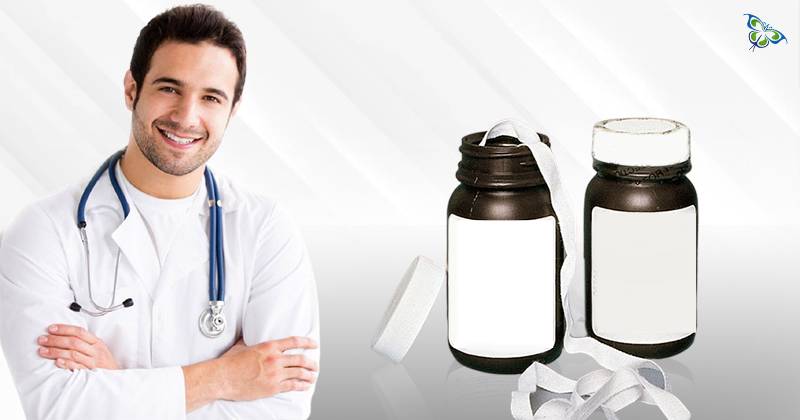
Hello
Select Address

Wounds can be of varying severity – from small cuts too deep gushing wounds and are treated accordingly. Small wounds can be secured by bandages and gauzes. When wounds are acute and create crevices under the skin they are required to be packed.
Wound packing is a method of healing the wound. Medical personnel use packing strips for such wound care management. Packing materials soak the discharge from the deep gash and promote healing inside out. If deep wounds are not packed, they heal up the exterior which traps the wound discharge inside. This results in the formation of bacteria leading to infection.
What are Packing Strips?
Packing Strips are used as fillers for packing wounds with deep tunnels under the skin. Their function is to absorb wound drainages like blood, pus, and other exudations. These strips are sterile and are found in both impregnated and non-impregnated variants.
Non-impregnated packing strips are not filled with any medications but are just plain and sterile. These are made of woven gauze fabric with reduced fraying and linting. They are also used for nasal or sinus packing but are not recommended by professionals for third-degree burns and wounds with excessive discharge.
The necessary procedure has been discussed here. Needless to say, the packing strips being discussed here, is a non-impregnated one. Do follow the following steps:
Similarly, as applying them, there are guidelines to remove packing strips:

What happens if a Packing Strip is left behind?
Non-impregnated Packing Strips are not filled with any antiseptic or healing substances. So, if a strip is left behind in the wound it may cause infection or prolong wound healing.
What problems can occur due to packing strips?
The use of excessive packing strips to fill wound crevices can broaden the original edges of the wound and make the tunnel even bigger. Too many strips can make the wound environment too dry to heal and make it worse.
How often should be packing strips changed?
Packing Strips should be changed every 1-2 days based on how much blood and pus has been soaked.
When to seek professional help for wound packing?
1. If the packing strip is stuck to the wound and you are unable to remove it even by soaking it, seek a doctor or a medical professional.
2. Using a packing strip continuously but there is continued drainage, it is high time to see a doctor. Your wound may have got infected and is causing more pus formation.
3. If you think that a packing strip might have been left behind in your wound, you must meet a professional.
[For more articles, click here: strange halloween facts]
The natural element, iodine, had been put to medical uses even during the prehistoric times! Iodine was also used in manufacturing one of the first antiseptic solutions (the Lugol’s solution). It was developed in 1829! Modern wound packing strips contain iodophors (that’s the bonding of iodine with some other molecule that makes the former less toxic).
The solubilising agent (usually water molecules) aids in the slow release of a much lower concentration of free iodine. That cuts down effectively on the side effects of the free elemental iodine! The most commonly used iodine or iodophors in wound dressing are – PVP-1 (Povidone Iodine) and Cadexomer Iodine (these are used as antiseptic fillers, especially in the cavity wounds.
Wound packing strips promote faster-wound healing and protect the wound from infection. However, extreme sterile conditions can also cause infection. It is recommended to get the first packing done by a professional and it is important to learn the proper guidelines of using packing strips to put it into effective use.